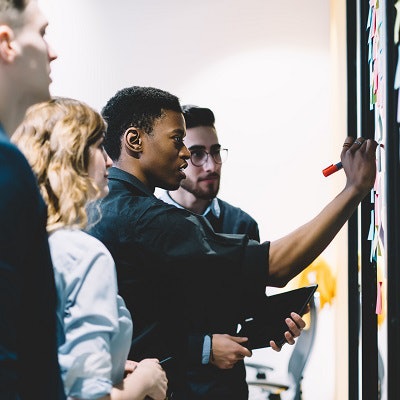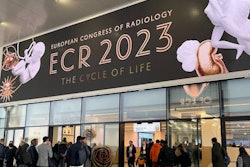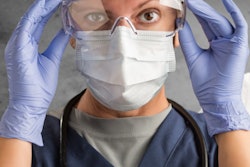
An initiative by a radiology student interest group helped increase awareness of radiology for medical students who would otherwise have minimal exposure to the field, suggests a study published August 3 in Academic Radiology.
Researchers led by Omar Vayani, an MD candidate at the University of Chicago, found that their radiology-intensive series piloted by a novel virtual radiology interest group gave medical students a better understanding of radiology as a career choice and encouraged students to reach out for mentorship.
"By furthering a platform based on voluntary and supplemental resources, we see a far greater potential of impacting the perception and known role of the imager in patient care among our next generation of physicians," Vayani et al wrote.
While medical imaging plays a key role in patient care, researchers noted that many medical schools don't have a robust, radiologist-led educational program within preclinical and clinical curricula. This shortcoming perpetuates a continued diminished awareness of radiology and the radiologist's role in patient care.
They also noted that there are inaccurate perceptions about radiology, including how artificial intelligence may impact jobs in the future and the myth that radiologists have no direct patient interaction.
To combat these misperceptions, researchers from the University of Chicago and Northwestern University collaborated to form the Radiology Student Interest Group (RadSIG). RadSIG is a virtual interest group aimed at exposing medical students from across the country to radiology through networking opportunities, seminars, and other educational events.
The group created RadSIG Intensive, a five-week, all-virtual initiative that covered different topics related to radiology. Events included a question-and-answer session introducing students to the field, panel discussions with radiologists in various practice settings, a "Jeopardy" game, and a technology lecture given by a radiology researcher. The team used social media and mailing lists to reach out to students.
In the current study, the group wanted to measure how effective RadSIG Intensive was for increasing awareness among students via a survey. They also wanted to explore the advantages of sharing resources with all MD and DO students, as well as best practices for disseminating information to this audience.
A total of 205 students completed the pre-intensive survey, and 61 students completed the post-intensive survey.
The team found that out of the pre-intensive survey respondents, 51.7% (106/205) reported having a limited understanding of what a career in radiology entails. For respondents who completed the entire RadSIG Intensive, the average five-point Likert scale scores for understanding of a radiology career rose from 3.30 to 4.38 respectively from pre- to post-completion.
A Wilcoxon signed-rank test, which evaluated differences in the pre- and post-intensive surveys, revealed that this difference was statistically significant (p < 0.001). The team also reported that the RadSIG Intensive program significantly improved perceptions of radiologists across every single question measured, except for perception of long hours worked. The results also showed increased student comfort in reaching out to radiology attendings (p < 0.001) and residents (p < 0.001).
"Comments were overwhelmingly positive with themes of appreciating the increase in access to radiology resources and the diversity of events and panelists," the researchers highlighted.
Faculty survey results also indicated positive perceptions of the series, with average Likert scores ranging between 3.64 and 4.50 for survey questions on the program's efficacy.
The study's authors wrote that they hope for RadSIG to be used for student outreach through the residency application process. They added that the model can be used to complement radiology interest group initiatives and goals at individual institutions, while also increasing access to radiology for students at schools that may lack these opportunities.
Along with that, the team suggested that increased use of social media to communicate with medical students and the shift in education to include more virtual learning due to the COVID-19 pandemic allow for such innovations to be successful.
"The use of our model in stride with these innovative initiatives can strengthen our message and reach medical students far and wide," they wrote.




















